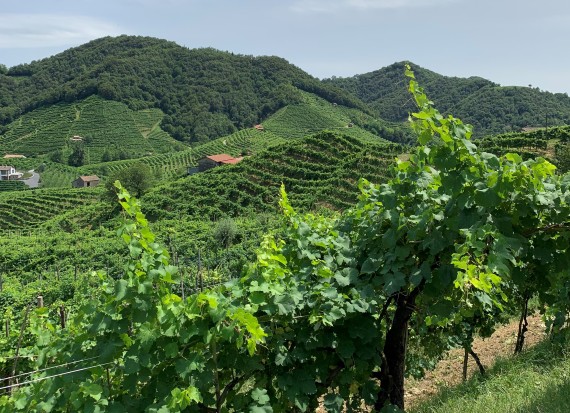Smith hopes that the reaction from producers if they get a whiff of scarcity isn’t to put up prices.
“It would be bad to increase prices, not only for the category’s reputation but for its key selling point,” says Smith.
“Part of the popularity of Prosecco is due to its affordability. If they start jacking the prices up too much it will completely undermine one of the things that made Prosecco so popular. It can’t go up to champagne prices because that’s not the mentality. If supermarkets do have to start hiking their prices up, that undermines what we’re doing. The reason we are more expensive is that we produce a higher quality product made in a single-estate vineyard rather than the cheapest mass-produced stuff, so I hope prices don’t start increasing without offering better quality wines.”
Although there is a confidence that a low yield Pinot Noir harvest in prosecco won’t impact consumers, and the threat of shortage could just be the DOC stirring up the conversation, it is the latest unpredictable wine grape harvest in what is becoming a global pattern. In New Zealand, there are warnings of a Marlborough Sauvignon Blanc shortage, French and Northern Italian vineyards were hit by devastating late-Spring frosts, and droughts have affected Californian wine regions to the extent where some farmers haven’t bothered to plant crops.
“The volatility of harvests and weathers all comes back down to climate change and it is a threat to everything we’re doing,” says Smith.
“I’m from a family of farmers and in my lifetime, it’s been noticeable how the climates and seasons have changed. Our vineyard has the SQNPI qualification, which is the highest grade of sustainability and to feed the world going forward we must be responsible with how we produce our consumable goods, food and everything else that goes with it.




